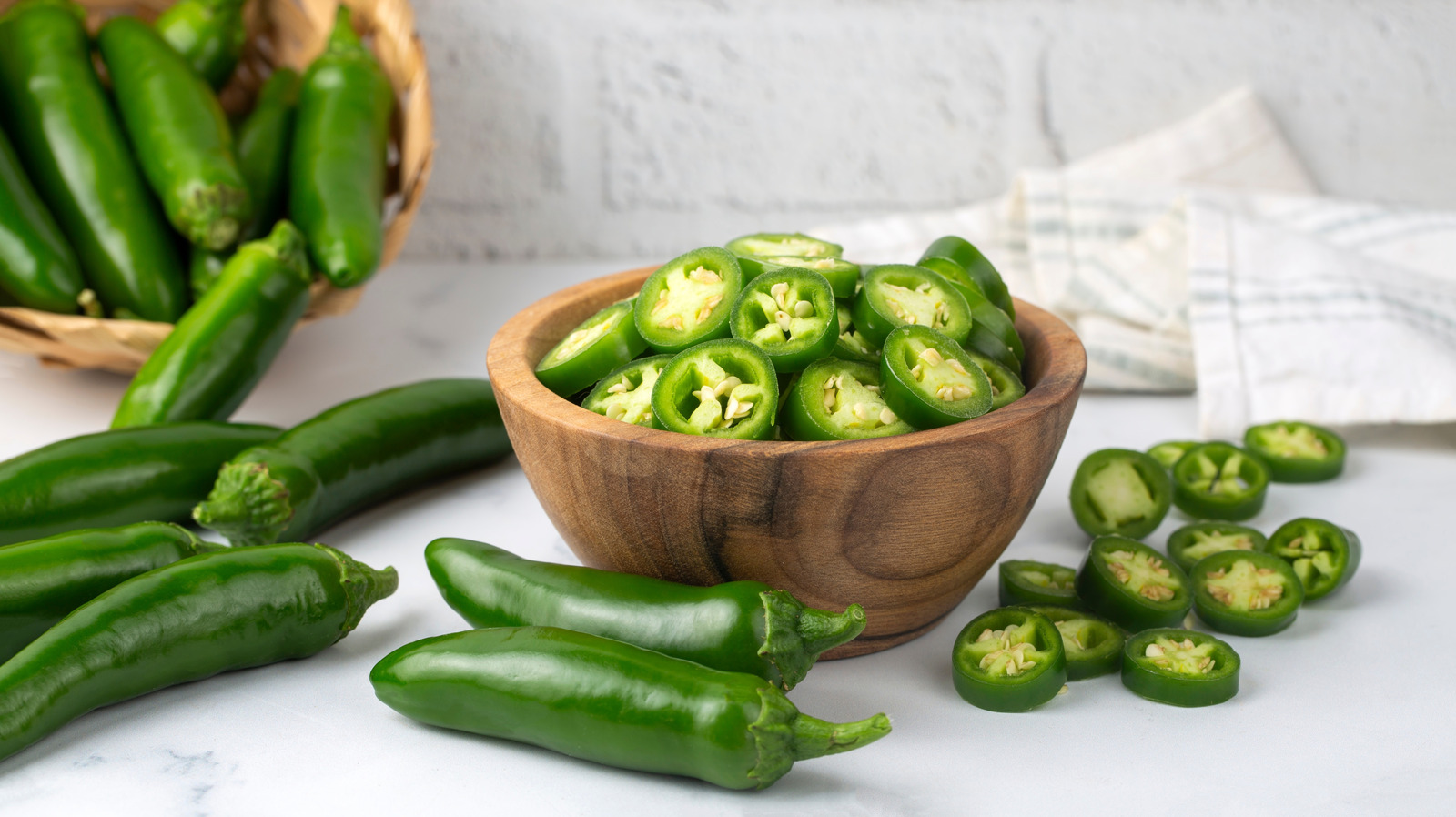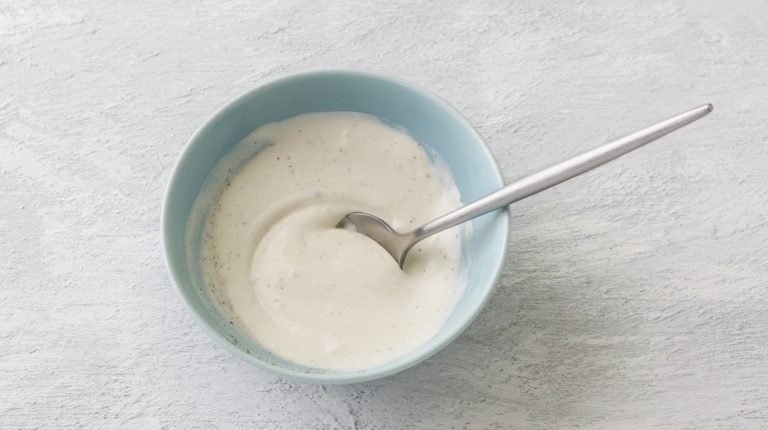Like Peter Piper of tongue twister fame, many a grocery shopper has picked a pepper. But have you ever had trouble picking a pepper for pickling or preparing? Well, you wouldn’t be the first. Often clustered together in the produce section of the grocery store, there are a number of peppers to choose from when trying to add a bite of spice to your next bite. Two particularly popular peppers are jalapeños and serranos. Though they are often confused for one another, or used interchangeably, these small nightshades do have some pretty big differences.
However, it’s easy to see why the two are often confused for one another. Both jalapeños and serranos are most commonly found in their small, green form, and have a fresh, versatile taste that pairs well with any number of dishes, from chili to tacos, and salsa. But serrano and jalapeño peppers do differ in shape, spice level, and flavor. Knowing the differences between the two can help you choose the perfect nightshade for your flavor and spice needs.
How to tell them apart
Perhaps the easiest way to tell a jalapeño from a serrano pepper is in its physical appearance. While both peppers can be green, they can vary in color. Jalapeño peppers, for instance, can also be red, while serrano peppers can be green, red, and yellow. In terms of size, jalapeño peppers tend to be a bit bigger and thicker, measuring three to six inches in length, while serranos are typically one to four inches in length. Serrano peppers also tend to be pointier at the tip, and have a thinner body, while jalapeño peppers are more round in shape.
The two peppers also vary in spice level. Jalapeño peppers tend to be less spicy, having SHU levels ranging from 2,500 to 8,000 on the Scoville scale, which measures a food’s capsaicin levels (the compound that is responsible for a pepper’s heat). This puts them on the more mild end of the medium spicy range. Serrano peppers, on the other hand, have an SHU ranging from 10,000 and 23,000, which means that they are more reliably hot, though not as spicy as, say, the atomically hot Pepper X. So if you’re looking for something with an extra punch, go for the serrano. The two peppers are similar in taste, leaning towards fresh, bright flavors, though jalapeños tend to have a more green taste. So, while they are similar and can be swapped out in some circumstances, they aren’t perfectly interchangeable by any means.
How to use each pepper
While there are some dishes in which swapping a serrano for a jalapeño (or vice versa) makes sense (think garnishes or salsa), there are other times when you simply must use one over the other. For example, using a serrano for jalapeño poppers (which can easily be made in the air fryer, by the way) probably won’t work, as they are both too thin for the cream cheese filling and have a spice level that may make the dish too hot for some snackers. As a general rule, if your recipe calls for jalapeño as a vector for flavor, rather than heat, and includes large amounts of the pepper as the base of the dish, then a serrano might simply be too hot for the recipe. Similarly, if you’re hoping an extra spicy punch to a meal, and don’t want the intensely green flavor of jalapeño, then serranos are the way to go. Plus, adding in the slightly spicier serrano can be a great choice for those hoping to increase their heat tolerance. Otherwise, choosing one over the other is entirely a matter of taste. So, pick whichever pepper you please.







